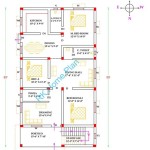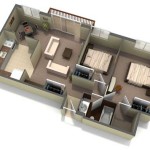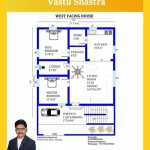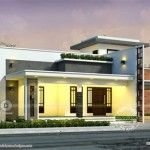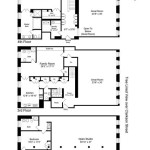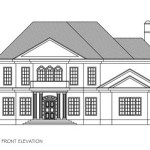Eames House Planta: A Detailed Look at the Landscape Design
The Eames House, also known as Case Study House No. 8, is an iconic example of mid-century modern architecture. While the house itself, designed by Charles and Ray Eames, receives much acclaim, the surrounding landscape, often referred to as the Eames House Planta, plays a crucial role in the overall design and experience of the site. This article explores the key elements and principles behind the Eames House Planta, illustrating how it complements and enhances the architectural marvel.
Key Principles of the Eames House Planta
The landscape design of the Eames House reflects the same modernist principles as the architecture: functionality, simplicity, and a deep connection to nature. The planting scheme avoids formal arrangements, opting instead for a naturalistic aesthetic that evokes a sense of effortless beauty. The existing eucalyptus grove was preserved, providing a mature backdrop for the house and a sense of established serenity.
The Eucalyptus Grove: A Natural Canopy
The decision to retain the existing eucalyptus trees was a defining characteristic of the Eames House Planta. These towering trees provide a dramatic vertical element, filtering sunlight and creating dappled shade across the property. Their presence grounds the house within the landscape, blurring the boundaries between the built environment and the natural world. The eucalyptus grove also offers privacy and a sense of seclusion from the surrounding area.
Meadow Planting: Embracing a Naturalistic Aesthetic
Beneath the eucalyptus trees, a meadow planting thrives. This informal mix of grasses and wildflowers creates a textural tapestry that changes with the seasons. The meadow requires minimal maintenance, further enhancing the naturalistic feel of the landscape. The unstructured planting contrasts with the clean lines of the house, creating a dynamic interplay between architecture and nature.
Emphasis on Native Species: Sustainability and Harmony
The Eameses prioritized the use of native California plants in their landscape design. This approach promotes biodiversity, supports local ecosystems, and reduces the need for excessive watering and fertilization. The native plants are well-adapted to the local climate and soil conditions, ensuring their resilience and longevity within the landscape. This focus on sustainability reflects a broader environmental consciousness that characterized the Eameses' design philosophy.
Creating Outdoor Rooms: Defining Spaces with Planting
While the overall landscape maintains a naturalistic feel, specific areas are defined through strategic planting. Trees and shrubs are used to create outdoor rooms, offering distinct spaces for relaxation, socializing, and contemplation. These outdoor spaces extend the living area of the house, seamlessly integrating indoor and outdoor living. The careful placement of plants creates a sense of enclosure and privacy within the larger landscape.
Framing Views: Enhancing the Visual Experience
The planting scheme also plays a crucial role in framing views, both from within the house and from the surrounding landscape. Carefully positioned trees and shrubs direct the eye towards specific focal points, enhancing the visual experience of the site. The views are framed to highlight the interplay of light, shadow, and texture within the garden, creating a constantly evolving visual narrative.
Minimal Hardscaping: Letting Nature Take Center Stage
Hardscaping is kept to a minimum, allowing the planting to take center stage. Paths and patios are defined with simple materials like concrete and brick, complementing the natural materials of the house. The limited use of hardscaping emphasizes the importance of the natural elements and reinforces the seamless transition between indoors and outdoors.
The Changing Seasons: A Dynamic Landscape
The Eames House Planta is designed to evolve throughout the year. The meadow planting transforms with the seasons, offering a dynamic display of color and texture. The deciduous trees provide shade in the summer and allow sunlight to penetrate in the winter, further connecting the house with the natural rhythms of the environment. This ever-changing landscape ensures a constant source of visual interest and reinforces the connection to the natural world.
Low-Maintenance Design: Sustainability in Practice
The Eameses embraced a low-maintenance approach to landscaping. The native plantings, meadow grasses, and mature trees require minimal upkeep, conserving resources and promoting a sustainable approach to landscape management. The design demonstrates that beauty and functionality can be achieved without excessive intervention, allowing the natural beauty of the site to flourish.

Eames House In Autocad Cad Free 844 49 Kb Bibliocad

Pin Page

Clásicos De Arquitectura Casa Eames Charles Y Ray Archdaily En Español

What Is A House Charles Ray Eames

Case Study House 8 The Eames

Arts And Architecture Case Study House 8 Casa Eames

Learn About Open Floor Plans Via These 6 Iconic Residences Archdaily

Eames Case Study House 8

Eames House La Casa Que Marcó Historia Del Estilo Industrial

Casa Abierta Post


